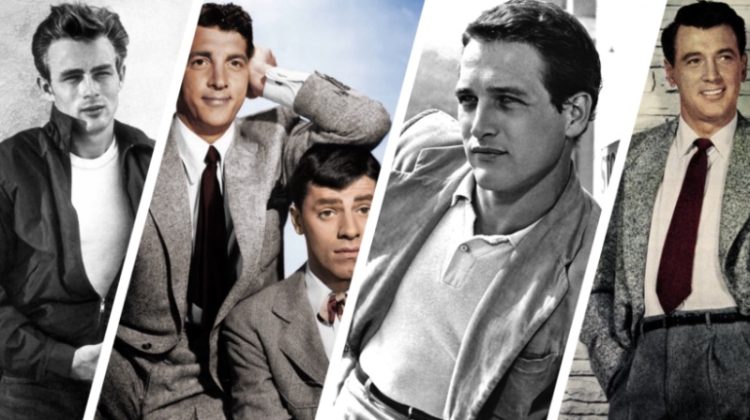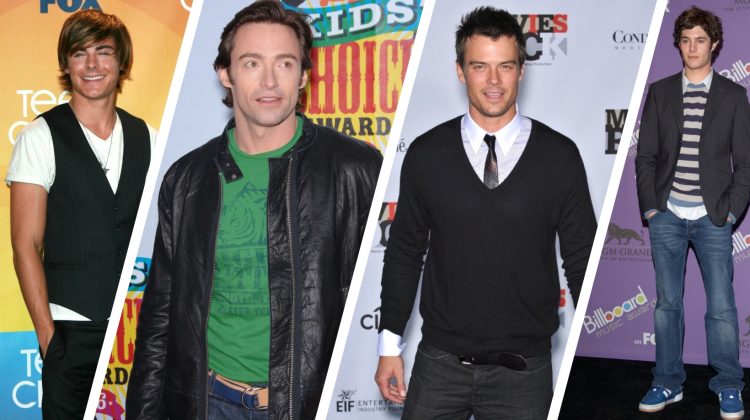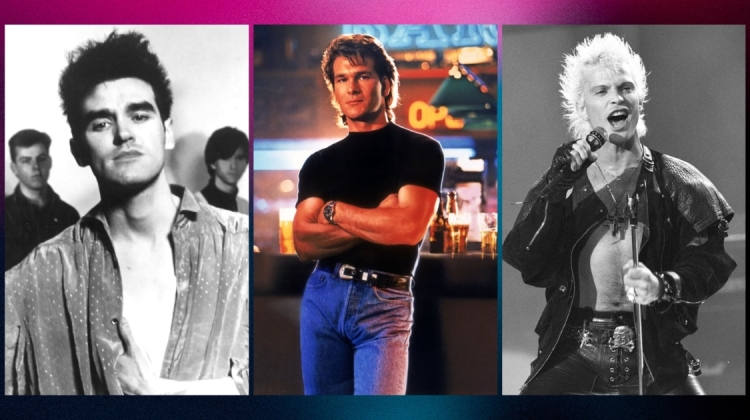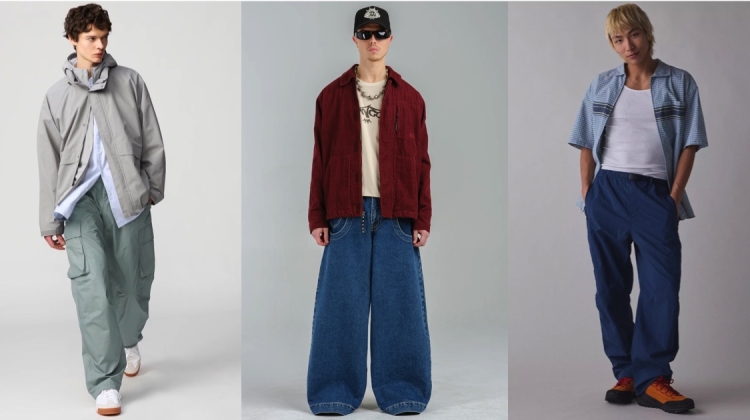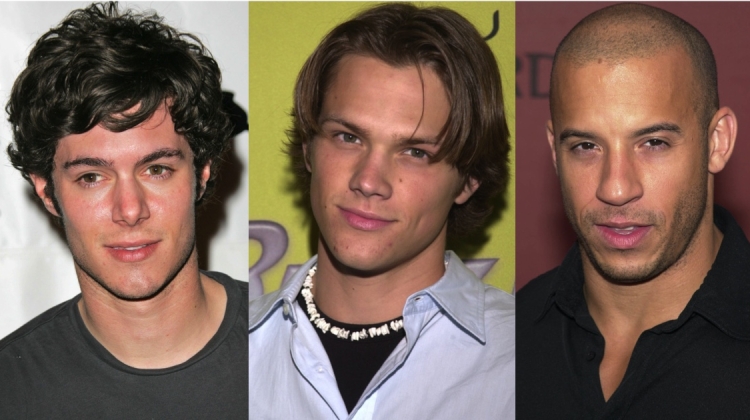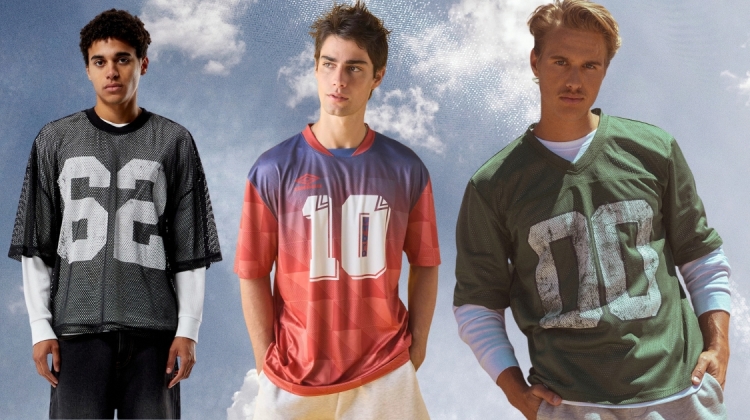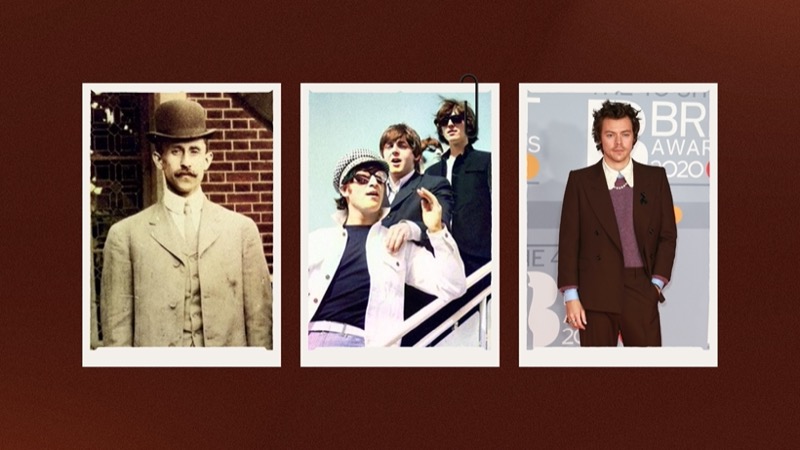
The evolution of men’s fashion through the decades is a fascinating journey that reflects broader societal changes, cultural revolutions, and shifting ideals of masculinity. From the strict formalwear of the early 1900s to the comfort-driven and gender-fluid styles of the 2020s, each decade has left an impression on how men express themselves through clothing.
Men’s Fashion Through the Decades
1900s
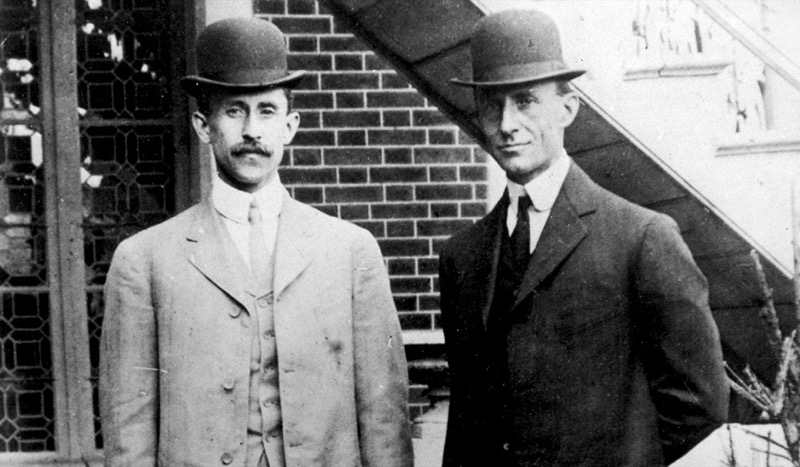
The 1900s were marked by formal, structured attire as men’s fashion adhered strictly to Victorian influences. Morning coats, frock coats, and three-piece suits dominated, emphasizing a well-tailored silhouette.
High, stiff collars paired with neckties or bow ties were staples, projecting an air of refinement. Edwardian influences began to soften rigid styles towards the end of the decade, introducing more relaxed lounge suits for casual occasions.
The turn of the century also saw the rise of sportswear, reflecting a growing interest in leisure activities. Norfolk jackets, knickerbockers, and flat caps became popular for outdoor pursuits, highlighting the evolving distinction between formal and casual wear.
1910s
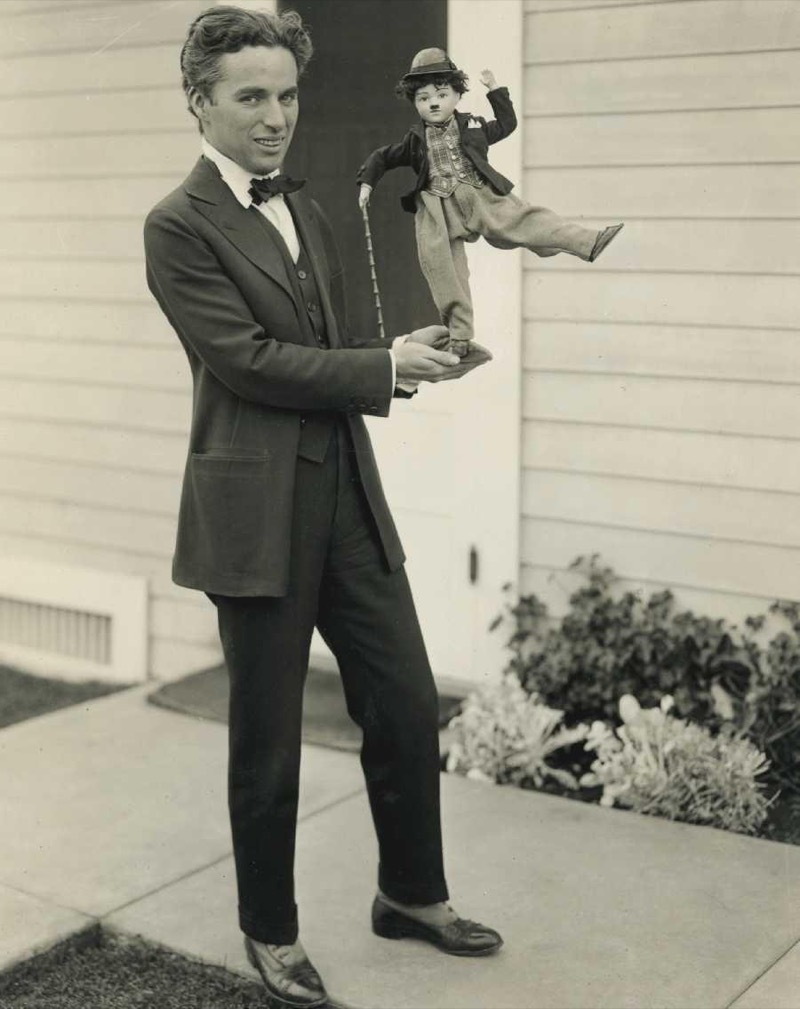
The 1910s brought a shift towards practicality, heavily influenced by World War I. Men’s fashion became less formal, with the lounge suit becoming a staple, reflecting the need for more functional attire.
With its loose fit and natural shoulders, the sack suit grew in popularity as a departure from the tightly tailored styles of previous decades. Military influences were evident in everyday fashion, with trench coats and bomber jackets gaining traction as civilian staples.
Accessories such as pocket watches, bowler hats, and sturdy boots complemented the utilitarian aesthetic. As men returned from the war, their clothing reflected a more subdued, straightforward approach, favoring darker colors and simpler cuts.
1920s
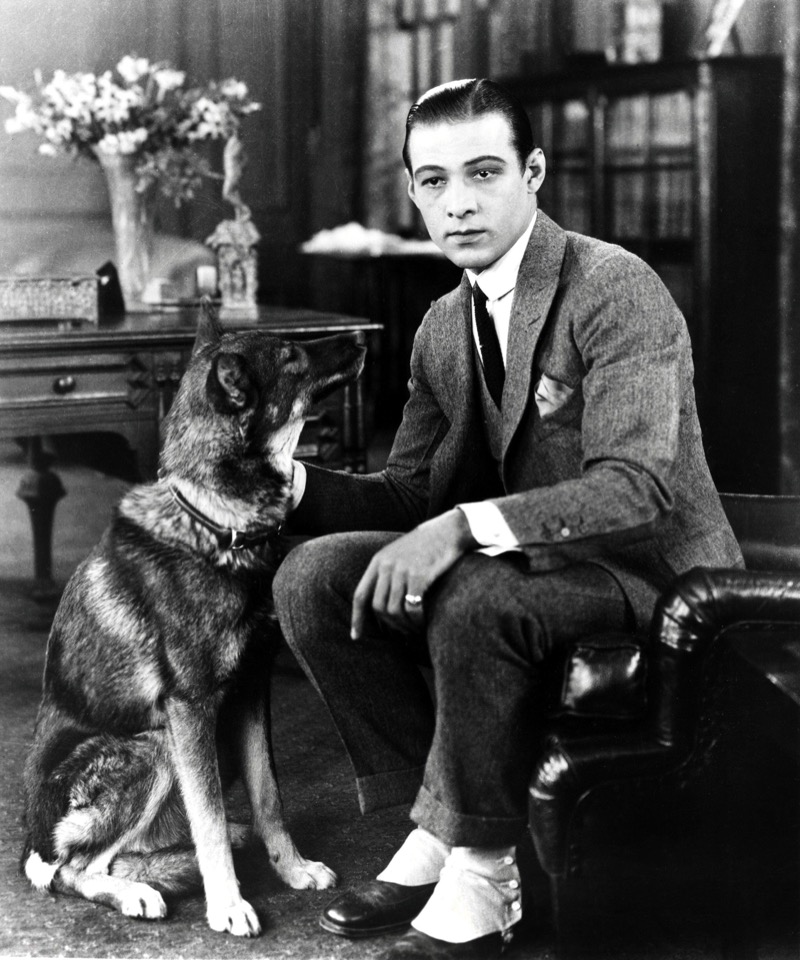
The 1920s, known as the Jazz Age, represented a dramatic departure from the somber styles of the previous decade, embracing a new sense of modernity and flair. The post-war economic boom influenced men’s fashion, with tailored suits in lighter fabrics and brighter colors symbolizing the era’s optimism.
The iconic three-piece suit, featuring wide-legged trousers, a matching vest, and jackets with slim lapels, became a defining look popularized by Hollywood stars like Rudolph Valentino. The rise of youth culture led to more casual styles, with sweaters, plus-fours, and Oxford bags gaining popularity, particularly among college students.
1930s
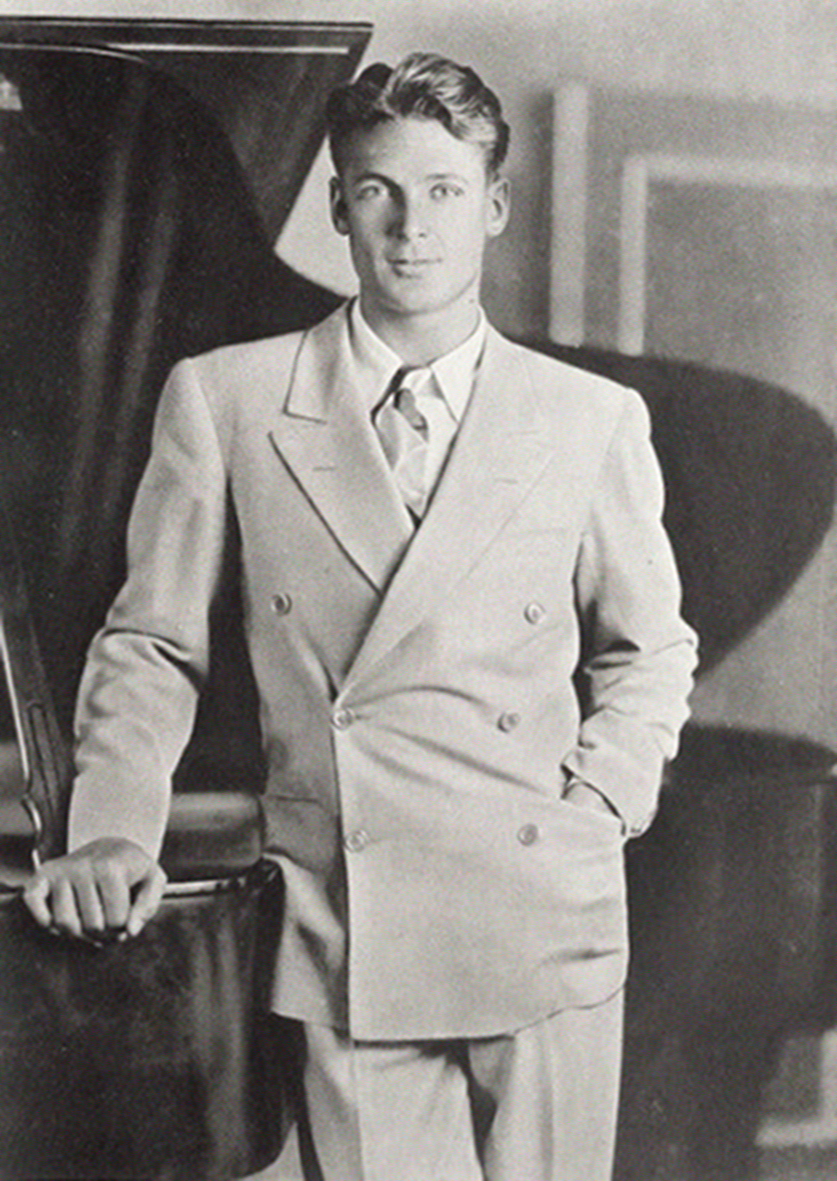
The 1930s represented a pivotal period in men’s fashion, set against the challenges of the Wall Street crash and the ensuing Great Depression. These events drove an evolution in style, shifting from the exuberant ethos of the Roaring Twenties to sophisticated pragmatism.
Men’s fashion became more streamlined, with suits featuring broader shoulders, nipped-in waists, and tapered trousers to create a stronger, more masculine silhouette. The double-breasted suit gained popularity, often paired with a fedora, while lighter colors and softer fabrics were introduced to bring a sense of optimism.
1940s
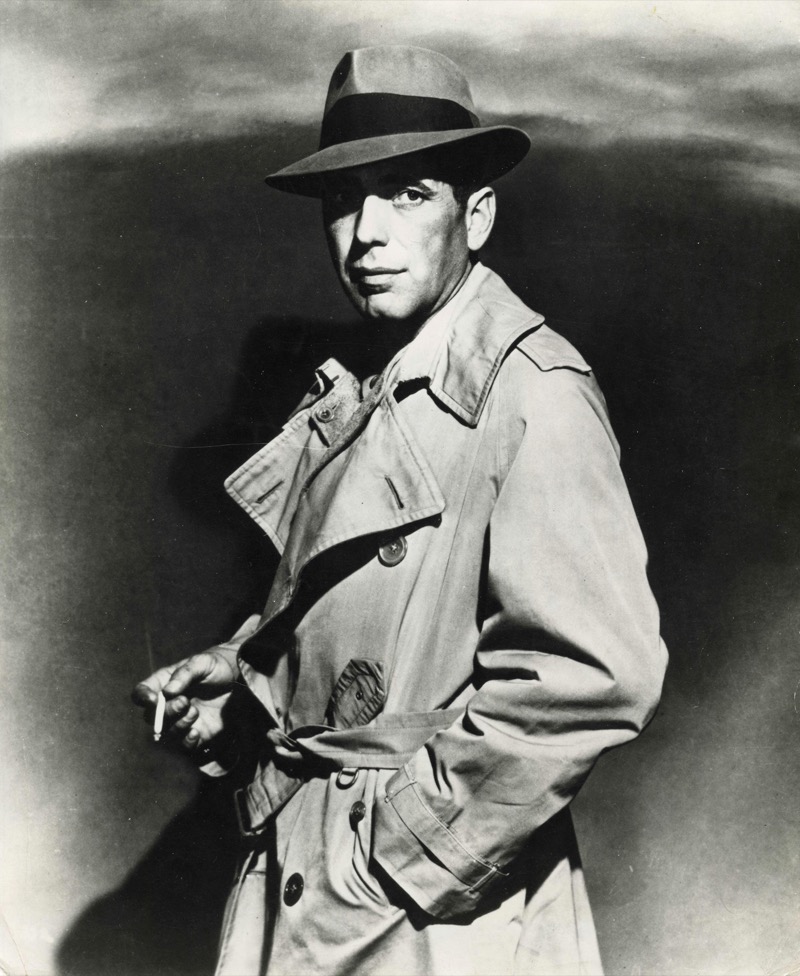
The 1940s were marked by wartime austerity, significantly shaping men’s fashion as practicality took precedence. Due to fabric rationing, suits became more straightforward, with single-breasted jackets, narrower lapels, and minimal embellishments.
The influence of military uniforms was prominent, seen in sharp shoulders, belted waists, and utilitarian details that combined formality with functionality. Despite the restrictions, Hollywood stars like Humphrey Bogart helped maintain a sense of style, popularizing the trench coat and fedora combination.
By the latter part of the decade, post-war optimism began to influence fashion, with fuller-cut trousers and double-breasted jackets returning as fabric restrictions eased. Casual styles also gained traction, with knitwear, relaxed shirts, and high-waisted trousers reflecting the desire for comfort in a rapidly changing world.
1950s
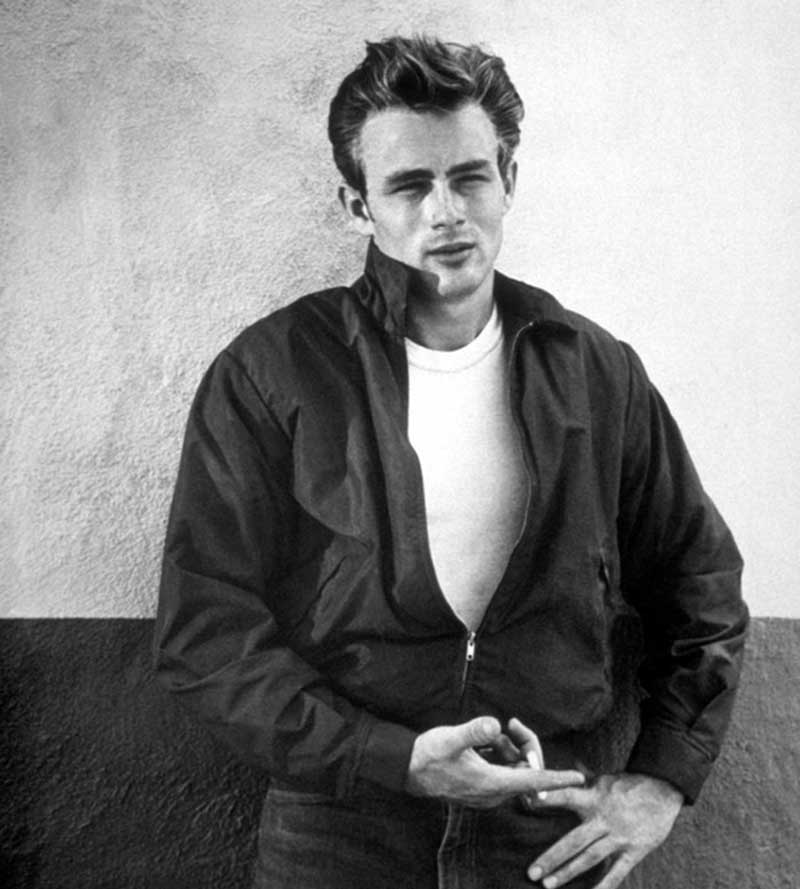
The 1950s brought a transformative era in men’s fashion, marked by the convergence of traditional post-war styles and the burgeoning spirit of youthful rebellion. Classic suits remained popular, with single-breasted jackets, slim ties, and neatly pressed trousers epitomizing the clean-cut look associated with professional attire.
At the same time, rock ’n’ roll and cultural icons like James Dean and Elvis Presley injected a rebellious edge into men’s style. Leather jackets, denim jeans, and white t-shirts became symbols of the emerging counterculture. The Teddy Boy subculture in the UK further exemplified this shift, with drape jackets, bolo ties, and slick hairstyles reflecting a bold departure from mainstream fashion.
1960s
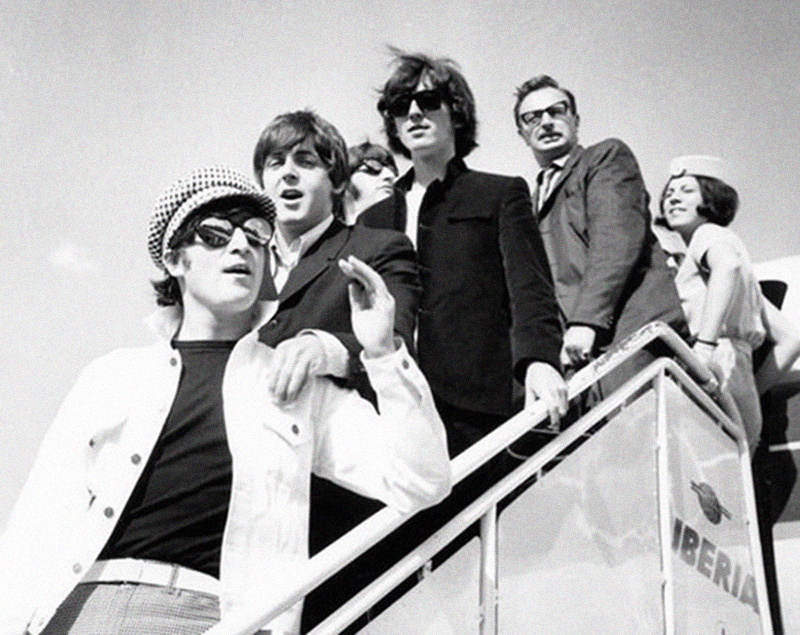
The 1960s marked a significant transformation in men’s fashion, influenced by cultural shifts and countercultural movements. The early part of the decade retained the fitted suits and narrow ties of the Ivy League style, while the Mod movement in London introduced slim-fitting suits, bold patterns, and vibrant colors.
As the decade progressed, the rise of the hippie movement brought about a more relaxed, eclectic approach to fashion. Flowing garments, fringe details, and colorful prints became emblematic of this era, reflecting a rejection of traditional norms and an embrace of individuality.
1970s
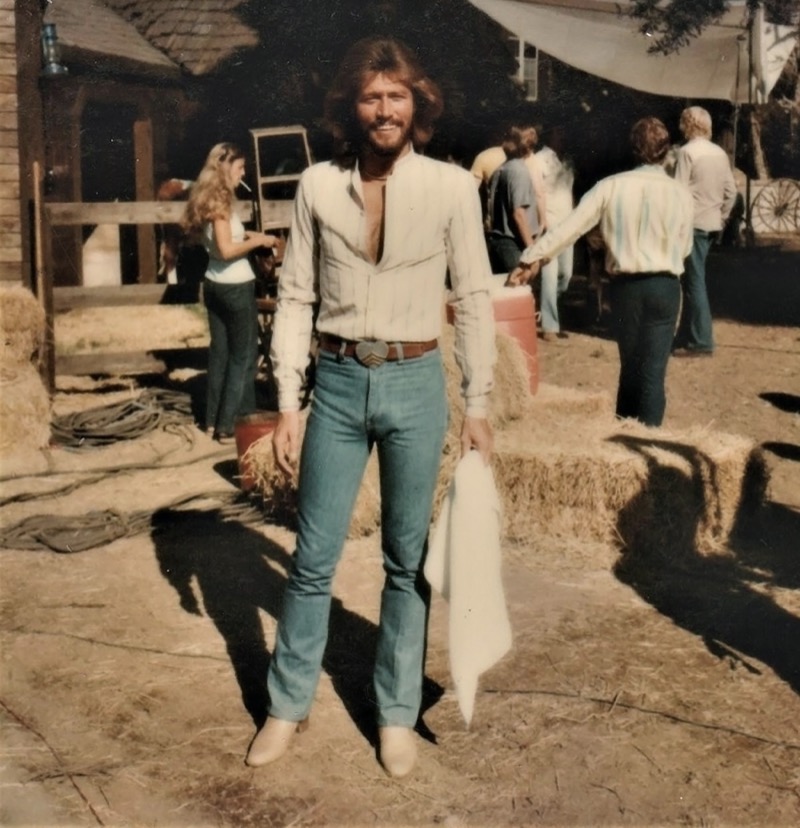
The 1970s celebrated individuality and boldness, characterized by adventurous styles that embraced vibrant colors, unique fabrics, and dramatic silhouettes. Bell-bottom pants, often paired with partially unbuttoned silk shirts, created a relaxed yet flamboyant vibe.
Disco culture also played a significant role, with men embracing shiny fabrics, bold patterns, and fitted silhouettes perfect for the dance floor. Denim became a symbol of rebellion, with bell-bottom jeans and jackets popularized by musicians and countercultural figures.
1980s
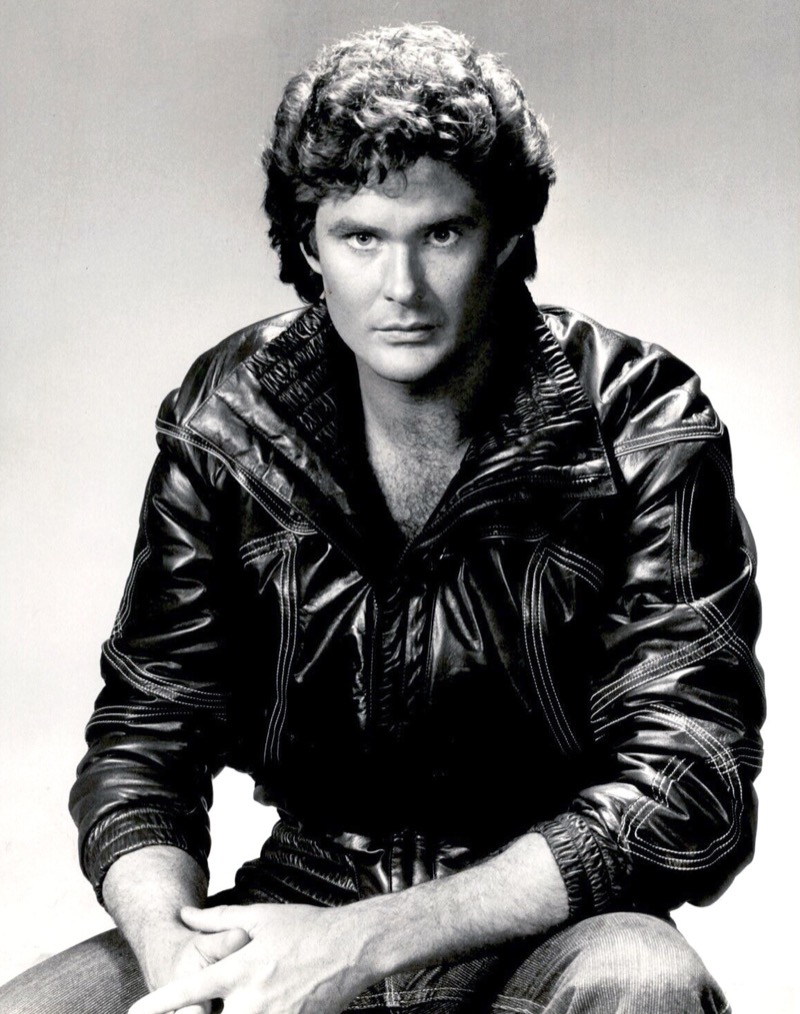
Bold colors, eclectic style, and power dressing defined the 1980s. Suits with broad shoulders and vivid accessories became standard in offices across America, reflecting a culture obsessed with status and visibility. Men’s 80s fashion thrived on contrast—corporate ambition on one end, street-level rebellion on the other.
Brands like Giorgio Armani popularized the power suit, turning it into a symbol of control and aspiration. At the same time, punk introduced leather jackets, ripped denim, and attitude, while hip-hop culture elevated tracksuits, sneakers, and oversized gold chains into emblems of influence.
1990s
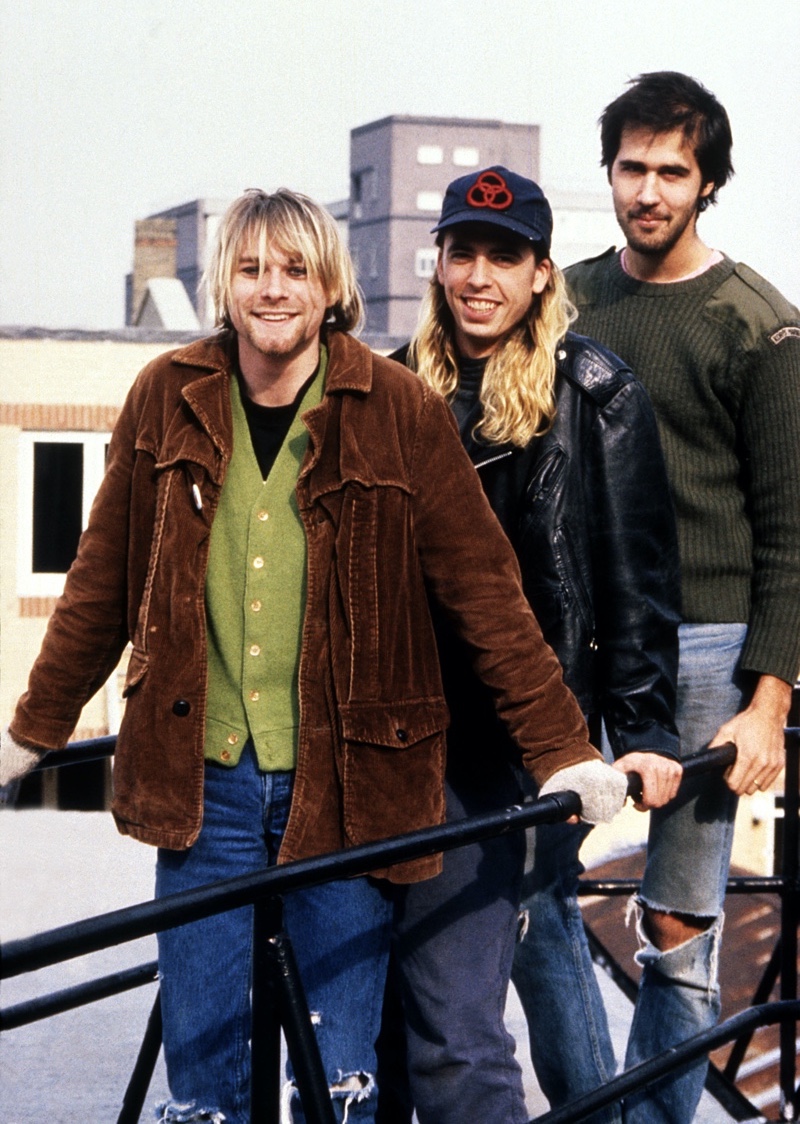
The 1990s marked a shift towards relaxed, casual styles that embraced individuality and comfort. Baggy jeans and cargo pants became staples. This loose-fitting approach was complemented by oversized graphic tees and plaid flannel shirts, reflecting the influence of grunge and skater culture.
Minimalist fashion also gained traction, with designers like Calvin Klein emphasizing clean lines, neutral palettes, and understated elegance. Footwear ranged from chunky sneakers to Timberland boots, while accessories like bucket hats and snapback caps added personality.
2000s
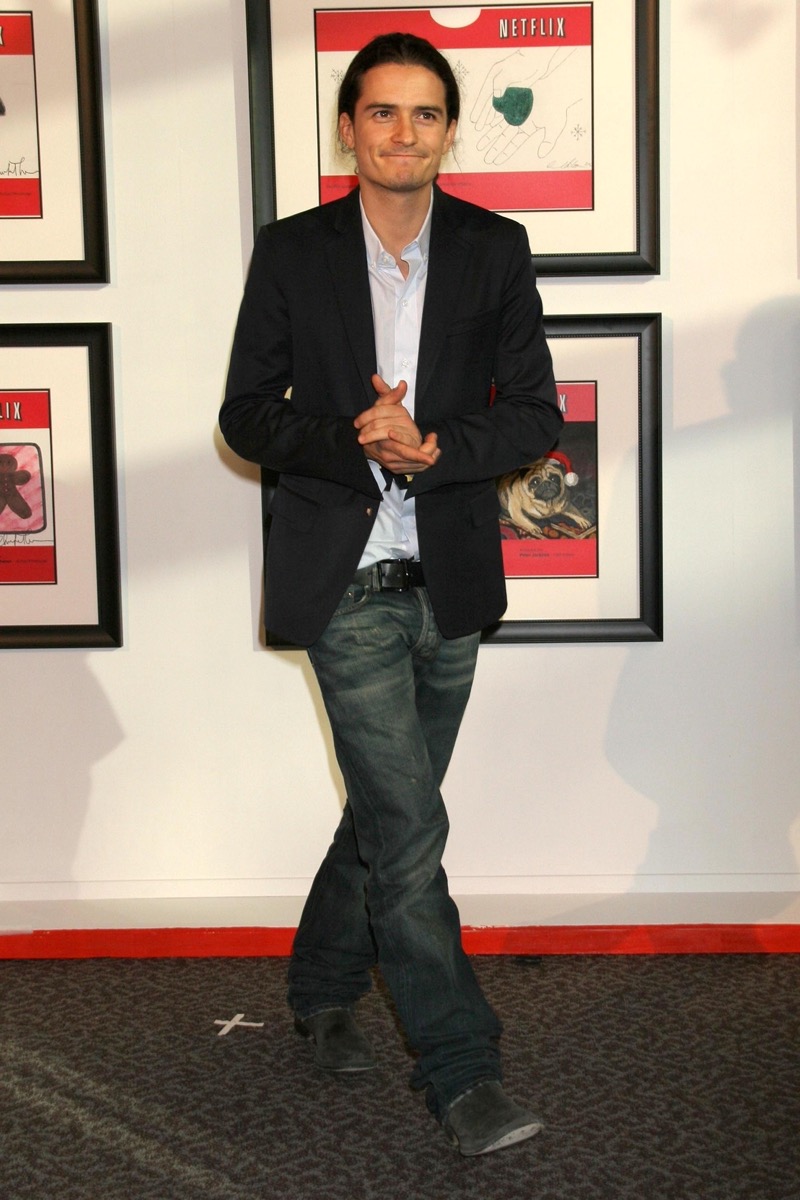
The 2000s ushered in a mix of style influences, from streetwear to sleek, minimalist looks. Trucker hats, graphic tees, and layered outfits became staples, reflecting the laid-back energy of the early millennium. Men’s Y2K fashion, shaped by metallic fabrics, futuristic cuts, and tech-inspired details, brought a bold, experimental edge to the era.
Fast fashion brands like H&M and Zara made trend-driven pieces more accessible, while skinny jeans—pushed into the mainstream by rock bands—became everyday essentials. Athleisure surged, with tracksuits gaining popularity.
On the footwear front, Converse All-Stars and chunky sneakers delivered a nostalgic punch with a modern slant, helping define the casual core of 2000s style for men.
2010s
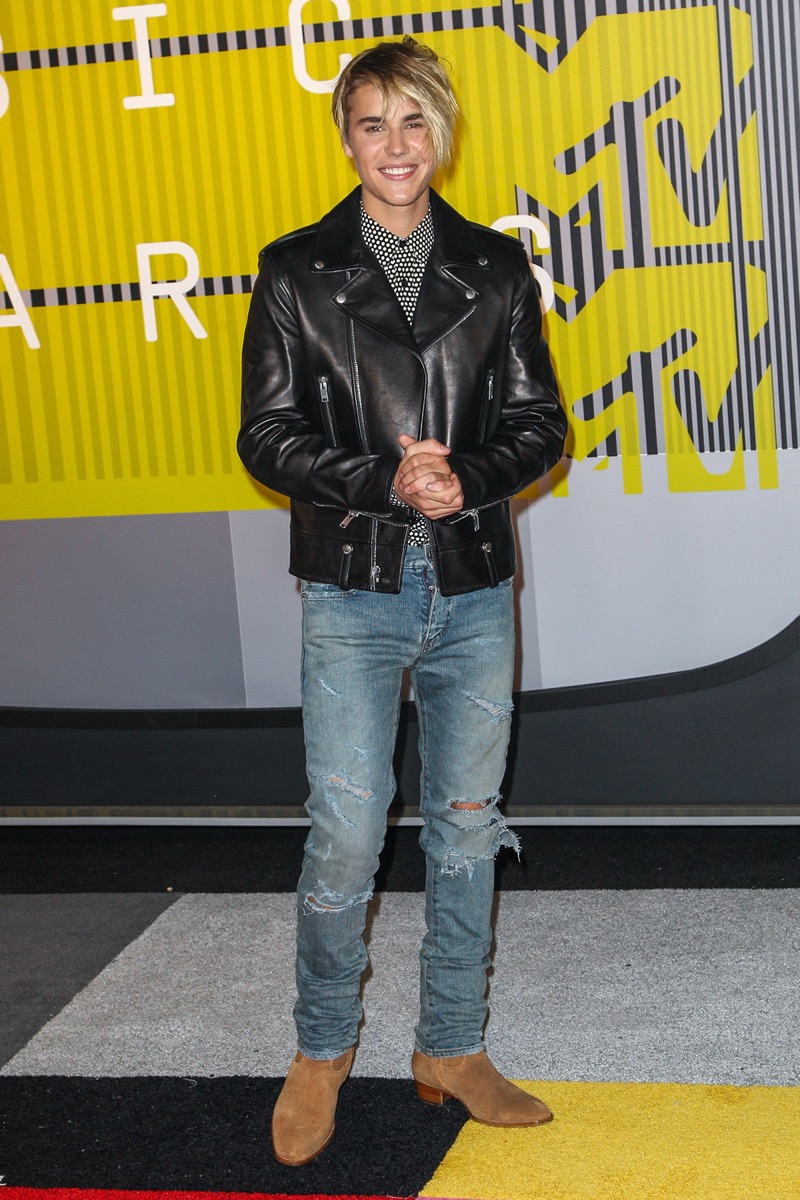
The 2010s brought about an evolution in men’s fashion characterized by nostalgia, athleisure, and a blending of formal and casual elements. Early in the decade, bright colors, graphic print tees, and skinny jeans dominated streetwear, with accessories like studded belts and snapback hats adding vibrancy.
Formalwear also evolved, with slim-fitting suits popularized by TV shows like “Mad Men.” The latter part of the decade saw a return to relaxed silhouettes and retro influences, with wide-leg trousers and Cuban-collar shirts nodding to past styles.
2020s
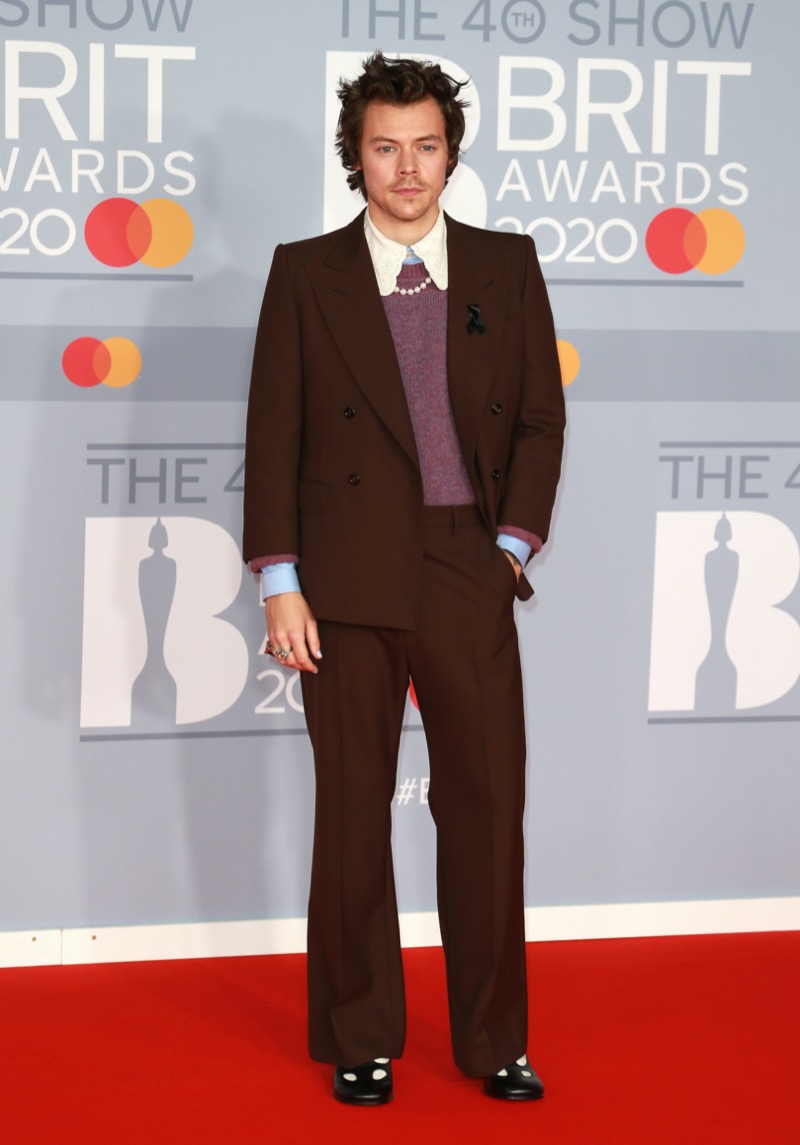
The 2020s have been defined by a fusion of comfort and statement-making style influenced by the global pandemic and social media. Loungewear took center stage, with brands like Fear of God blending high fashion with practical comfort.
Simultaneously, trends like “dopamine dressing” and retro influences from the late 1990s and early 2000s emerged, bringing bold colors and nostalgic styles back into focus. Gender-fluid fashion gained prominence, with celebrities like Harry Styles challenging traditional norms by embracing skirts and pearl necklaces.
Vintage Americana, “grandpacore,” and “dark academia” have also gained popularity, reflecting a decade of balancing nostalgia with modernity.
